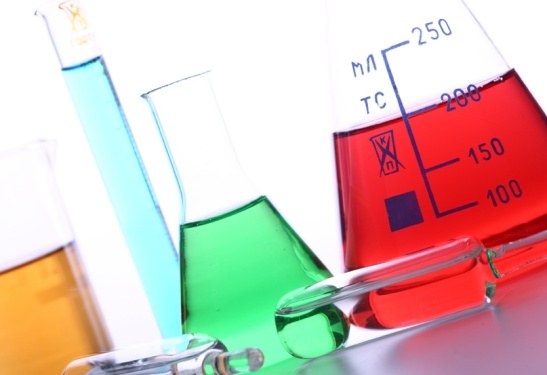Instruction
1
First remember, what is the equilibrium constant. It is a value characterizing the ratio of concentrations (or partial pressures) of the reaction products to the concentrations of the starting materials. For example, if the reaction proceeds according to the scheme: A + b = C + D, Kr = [C][D]/[A][B].
2
If the scheme of the reaction is: 2A + B = 2C, Cu is calculated by the following formula:[C]^2/[B][A]^2. That is, the indexes are transformed into a measure of the degree to which you want to build a concentration of a component.
3
Let's consider an example. Suppose, for example, flows the same first reaction: A + B = C + D. it is Required to determine the equilibrium concentrations of all components, if known, that the initial concentration of initial substances A and b was equal to 2 mol/liter, and the equilibrium constant can be taken as 1.
4
Again write down the formula of the equilibrium constant for this particular case: Kr = [C][D]/[A][B]. Given that Cu = 1 we obtain: [C][D] = [A][B].
5
The initial concentrations of substances A and b you are aware (given the conditions of the problem). The initial concentration of reaction products C and D were equal to 0, and then increased to some equilibrium values. Label the equilibrium concentration of a substance for x, then equilibrium concentration of substance A (from which it formed) will be equal to (2-x).
6
Since the scheme of the reaction shows that 1 mole of substance is formed And 1 mole of C and 1 mole of a substance In 1 mole of D, respectively, the equilibrium concentration of D will also be = x and the equilibrium concentration of B = (2-x).
7
Substituting these values into the formula, we get: (2-x) (2-x) = x^2. Solving this equation, we get 4x = 4, i.e. x = 1.
8
Therefore, the equilibrium concentration of reaction products C and D is equal to 1 mol/liter. But since the equilibrium concentration of initial substances A and b are calculated according to the formula (2), and they will also be equal to 1 mol/liter. The problem is solved.


